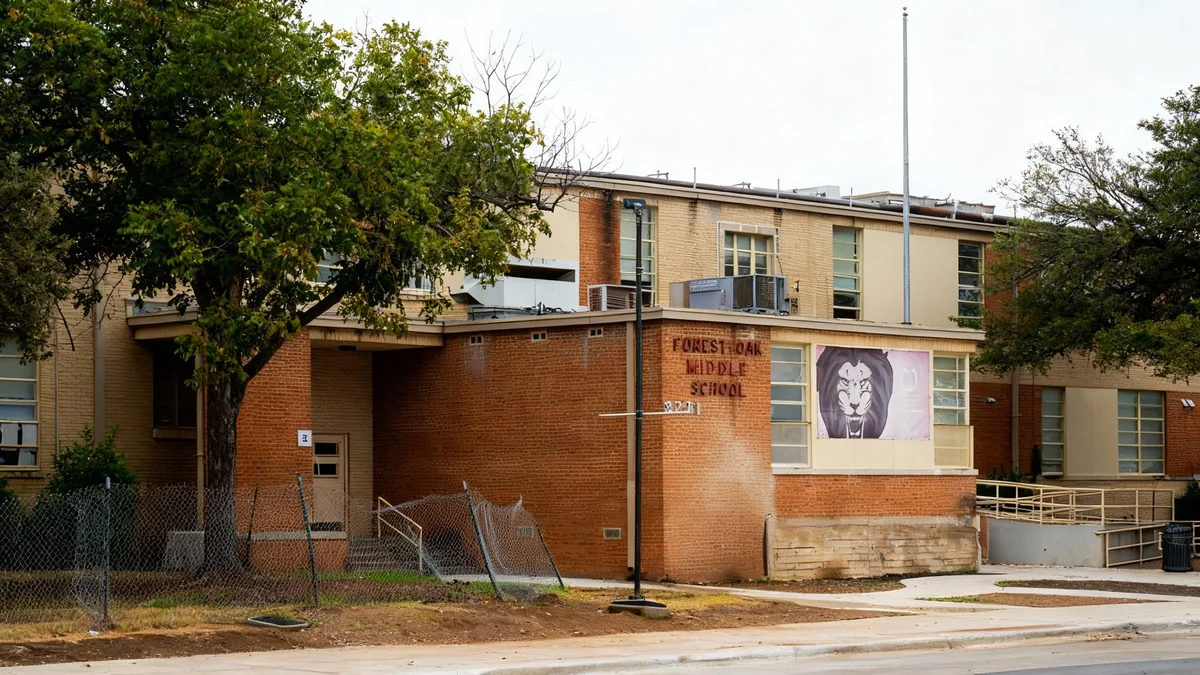The majority of Arizona public school students did not pass state standardized tests, according to new assessment results released this month. This data highlights ongoing academic challenges across the state's educational system.
Only 40% of students achieved a passing score in English language arts, while an even lower 33% passed the mathematics section. These figures come from the Arizona Department of Education's spring assessment.
Key Takeaways
- Only 40% of students passed English language arts.
- Just 33% of students passed mathematics.
- Pass rates remained largely unchanged from the previous year.
- Performance varied significantly among different school districts.
- District leaders face challenges with declining enrollment and rising costs.
Statewide Academic Performance Remains Stagnant
The recently released assessment results show little change from the previous year. In spring 2024, the pass rate for English language arts was also 40%. The math pass rate saw a slight increase from 32% in 2024 to 33% this year.
These assessments cover students in grades 3 through 8 across Arizona's public schools. Additionally, the results incorporate ACT scores from 11th-grade students.
Assessment Snapshot
- English Language Arts: 40% pass rate
- Mathematics: 33% pass rate
- Grades Assessed: 3-8 (standardized tests) and 11th (ACT results)
District Performance Shows Wide Differences
Student performance varied significantly across the state's numerous school districts. Some of the largest districts reported results both above and below the statewide averages, illustrating a diverse educational landscape.
For example, students in the Mesa district, one of Arizona's largest, performed below the statewide average. Their pass rate for English language arts was 38%, and for math, it was 31%. This indicates specific challenges within that large urban area.
Chandler Unified and Deer Valley Show Stronger Results
In contrast, the neighboring Chandler Unified district reported much higher success rates. A notable 58% of its students passed English, and 53% passed math. These figures are well above the state averages, suggesting effective strategies are in place.
Similarly, the Deer Valley district also demonstrated strong academic outcomes. 57% of its students passed English, and an impressive 50% passed math. These districts provide a positive comparison point for others struggling to meet the state averages.
Understanding the Assessments
Standardized tests are a key tool for evaluating student learning and school effectiveness. They provide a snapshot of how students perform against a common set of academic standards. The results help educators and policymakers identify areas for improvement.
West Valley Districts See Mixed Outcomes
In the West Valley area, Peoria Unified district students achieved a 45% pass rate for English and 38% for math. While these are above the state average for math, they still highlight room for improvement.
The varying results underscore that no single factor determines student success across such a large and diverse state. Local resources, teaching methods, and community support all play a role.
Superintendents Address Resource Challenges
School district leaders are grappling with multiple challenges beyond just test scores. Declining student enrollment and rising operational costs add pressure to their decision-making processes.
"We’re doing very well; we know we can do better, but with limited resources, we know we have to make difficult decisions so that does keep me up at night because I know those decisions have an impact on our families, our students and staff, but in the long run, we want to ensure we are a viable district long into the future," said Scottsdale Unified Superintendent Scott Menzel.
Menzel expressed satisfaction with his district's performance but also acknowledged the constant struggle to balance academic goals with financial realities. This sentiment is shared by many superintendents statewide.
Impact of Financial Constraints
Limited resources directly affect a district's ability to implement new programs, offer competitive teacher salaries, and maintain facilities. These factors can indirectly influence student performance on standardized tests.
The need for strategic financial management becomes critical when districts face both academic pressures and budgetary constraints. These decisions often involve trade-offs that impact students, families, and staff.
Moving Forward: Addressing Educational Gaps
The latest assessment data serves as a critical indicator for Arizona's educational system. The consistent pass rates, particularly the low math scores, signal a need for targeted interventions and support.
Educators and policymakers will likely analyze these results to identify specific schools or demographic groups needing additional resources. Efforts to improve curriculum, teacher training, and student support services could follow.
Key Challenges for Districts
- Declining student enrollment
- Rising operational costs
- Balancing academic goals with budget realities
- Attracting and retaining qualified staff
The goal remains to improve academic outcomes for all Arizona students. This requires a collaborative effort from state education officials, local districts, teachers, parents, and the wider community.
The conversation around these test results will undoubtedly shape future educational policies and funding priorities in Arizona.





